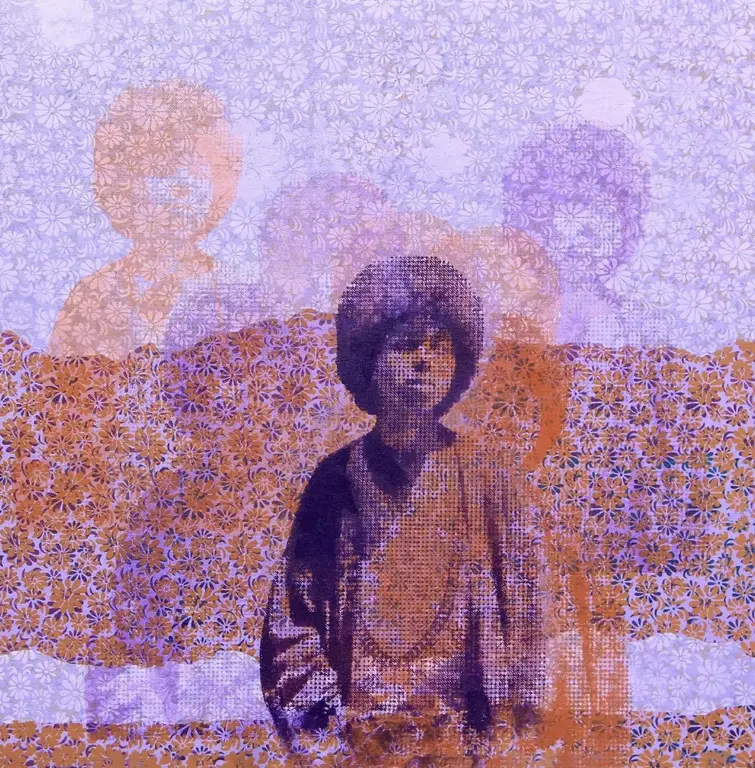
Gallery Representation
Artworks
View AllAbout
A versatile artist, Manaye employs a wide range of media, including painting, woodcut, linocut, dry point print, photography, and most notably, silkscreen printing. His artistic approach is characterized by a spirit of experimentation and innovati...
A versatile artist, Manaye employs a wide range of media, including painting, woodcut, linocut, dry point print, photography, and most notably, silkscreen printing. His artistic approach is characterized by a spirit of experimentation and innovation as he continually seeks new techniques and methods to enrich his work. Dedicated to learning and growth, Manaye aims to push the boundaries of traditional art forms and uncover new avenues for creative expression. He believes that visual patterns are powerful ways of understanding cultural structures stating, ""In Ethiopian art, we routinely use spiritual symbols as motifs, reflecting what people choose to believe and how they abide by these beliefs."" He acknowledges that visual patterns are just one aspect of cultural engagement: ""The other way is in the stories we tell ourselves."" His artistic journey began in his teenage years, deeply influenced by his older brother. His early passion for drawing led him to pursue formal art education at the Ale School of Fine Arts and Design (ASFAD), where he earned a Bachelor of Fine Arts with the highest honors. Manaye's work explores profound and abstract concepts, delving into themes such as the subconscious, the ethereal nature of the universe, and the intricate relationships between patterns, textures, and memory. Color plays a significant role in Manaye's work, where he contrasts vibrant hues to evoke the natural world. Human figures are present but not centralized; instead, they overlay the patterns, creating an effect reminiscent of recollection. He finds joy in the playfulness of printmaking. ""In printmaking, you don't find mistakes,"" he says, adding, ""or at least you don't call them mistakes. You see them as opportunities to view yourself in a new way, to reform yourself."" He describes the process of creating patterns as a journey of self-discovery, allowing him to engage intimately with themes of heritage, memory, and ritual. Thought patterns, the recurring ways we think, exert a profound influence on our daily lives. They shape our perceptions, emotions, actions, and ultimately the course of our lives. From how we interpret experiences to how we interact with others, our thoughts act as filters and drivers, shaping our emotional well-being and relationships. The impact of collective consciousness, the shared beliefs and values of a group, adds another layer to this influence through cultural norms, social trends, and shared values.

